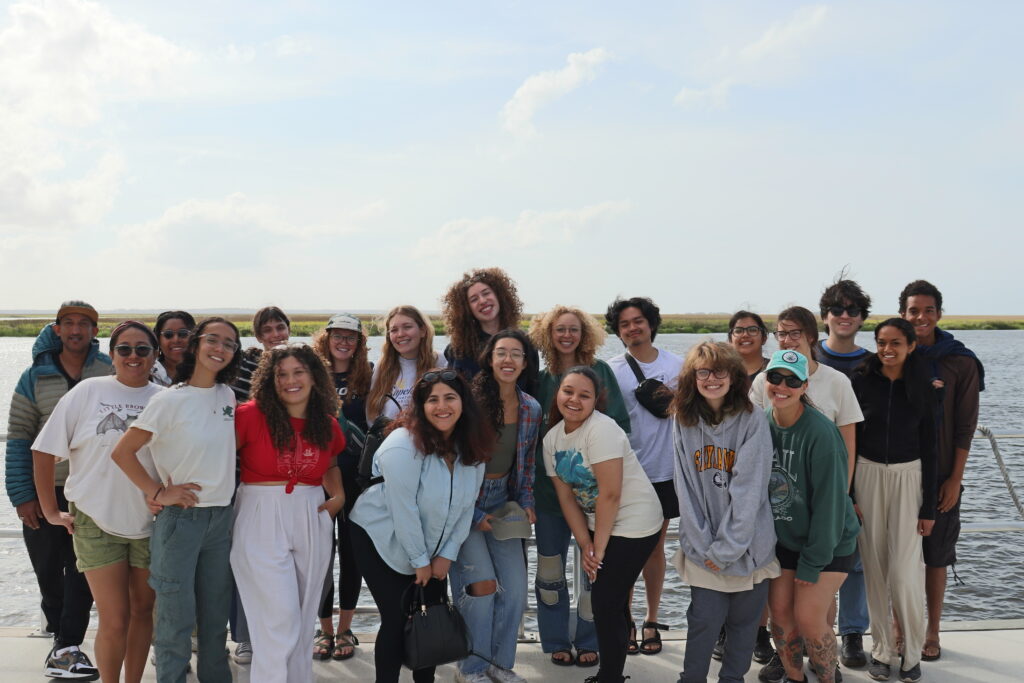Evaluating Flood Mitigation on the UGAMI campus

A team of UGA engineering students has completed a year-long capstone project that explored flood mitigation options to protect the UGAMI campus from storm surge. The group identified three potential solutions for consideration (Strong, Cost-Effective, and Green), provided information on the challenges, feasibility, and estimated costs associated with each one, and developed flood maps for storm events of different severity. The students presented their project at the Spring 2024 Engineering Capstone Design showcase where they won first place in the Community Impact – Public Client division. We thank this hard-working group of students as well as Adam Fouche, the Director of the UGA Office of Emergency Preparedness, and Engineering Professor Felix Santiago-Collazo, who served as mentors to the group.









